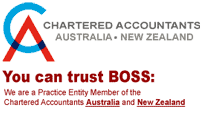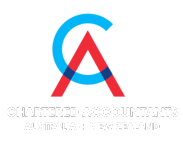Introduction
Australian accounting firms face a growing demand from clients for strategic guidance to secure their financial futures. Small businesses, families, and individuals seek clarity on tax planning, cash flow, and long-term growth. However, compliance tasks like BAS preparation and tax returns often consume valuable time. By outsourcing compliance work, firms can focus on delivering high-value advisory services to help clients achieve their goals.
Why Advisory Services Matter
Clients increasingly expect their accountants to act as trusted advisers, not just number-crunchers. Advisory services—such as financial forecasting, succession planning, and investment strategies—enable firms to build stronger relationships and boost revenue. For example, a small business owner might need a five-year cash flow projection to expand, or a family may seek tax-efficient retirement planning. These services clarify clients’ futures by providing actionable insights.
Outsourcing compliance work frees up your team to develop these offerings. Instead of spending hours on repetitive tasks, your accountants can analyse data, meet clients, and craft tailored strategies. This shift not only enhances client satisfaction but also positions your firm as a leader in a competitive market.
How Outsourcing Enables Advisory Excellence
Partnering with an outsourcing provider like BOSS allows your firm to streamline operations. By delegating tasks such as bookkeeping, payroll, and compliance work to skilled professionals in India, you gain:
- Time Savings: Free up 20–30 hours per week per staff member to focus on client-facing advisory services.
- Cost Efficiency: Save up to 67% compared to hiring local staff, enabling investment in advisory tools or training.
- Scalability: Adjust outsourcing levels to match client demand, ensuring flexibility during busy periods like tax season.
Steps to Transition to Advisory Services
To clarify your clients’ futures through outsourced advisory services, follow these steps:
- Assess Your Capacity: Identify how much time your team spends on compliance tasks. Use tools like Xero to track hours.
- Partner with BOSS: Engage BOSS to handle compliance work, ensuring seamless integration with your systems (e.g., MYOB, QuickBooks).
- Train for Advisory Roles: Upskill your team in financial modelling, tax strategy, or business coaching through courses or webinars.
- Market Your Services: Update your website and newsletters to highlight advisory offerings, showcasing case studies of client success.
The Role of Technology
Cloud-based platforms like Xero and Sasu enhance advisory services by providing real-time data. Outsourced teams can update compliance records overnight, so your advisers have accurate figures each morning. This efficiency allows you to deliver timely advice, such as adjusting a client’s budget to avoid cash flow issues.
Conclusion
Outsourcing compliance work with BOSS empowers Australian accounting firms to clarify their clients’ futures through strategic advisory services. By saving time, reducing costs, and leveraging technology, your firm can transform client relationships and drive growth. Start today to unlock your team’s advisory potential.




